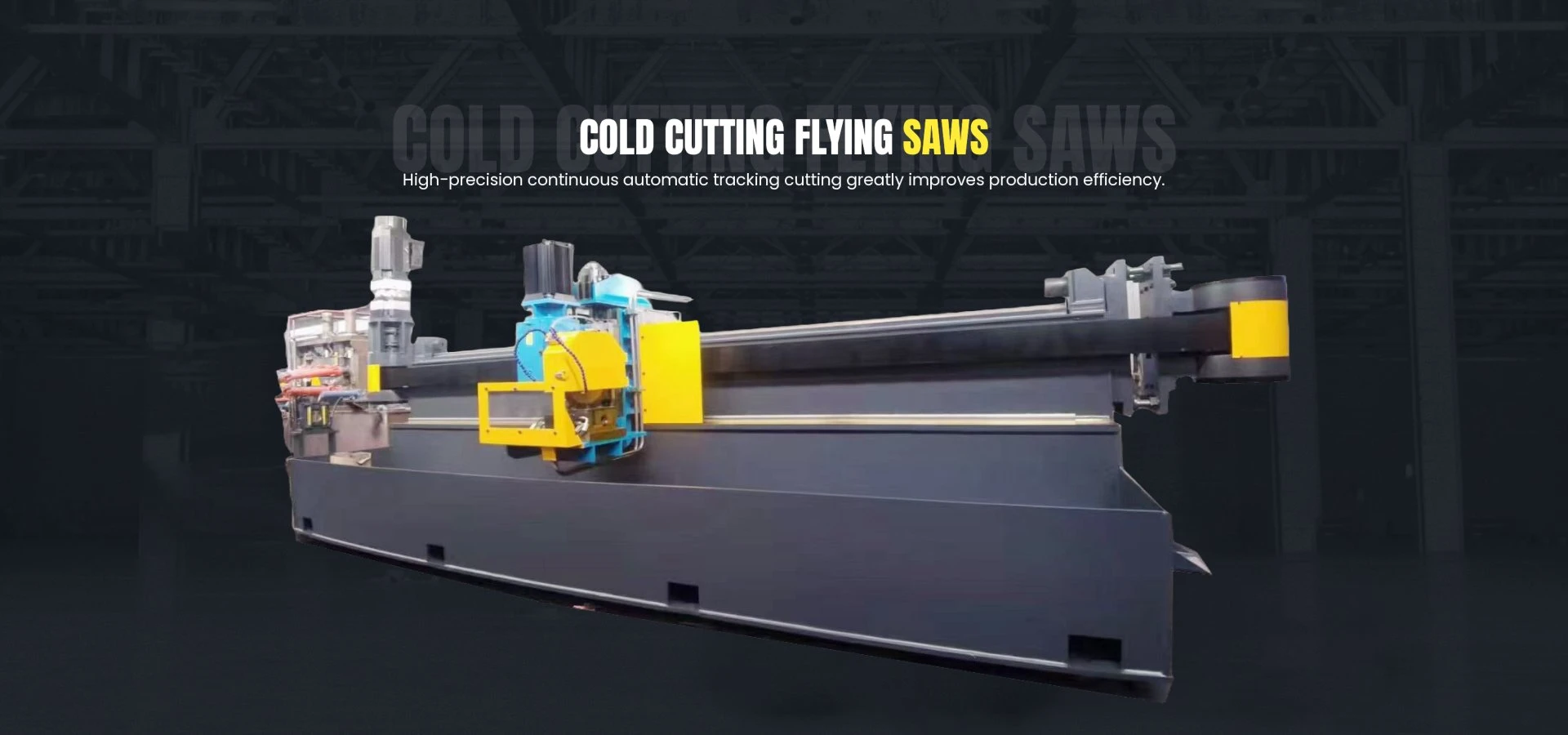hydraulic swing beam shear
Hydraulic Swing Beam Shear A Comprehensive Overview
The hydraulic swing beam shear is an essential piece of equipment used in the metalworking industry for cutting various types of materials, including sheet metal. As industrial processing demands increase, the technology behind hydraulic swing beam shears has evolved significantly, offering enhanced precision and efficiency. This article delves into the workings, advantages, applications, and maintenance of hydraulic swing beam shears.
Working Principle
At its core, the hydraulic swing beam shear operates through a hydraulic system that powers a swing beam mechanism to make precise cuts on material. The shear consists of several key components the frame, hydraulic cylinders, a swing beam, blades, and a control system. When the operator activates the machine, hydraulic fluid is directed into the cylinders, causing the beam to swing downward, which brings the cutting blades together.
In most designs, the upper blade moves downwards while the lower blade remains stationary. The blades are sharpened to different angles to ensure an effective cutting action. The material is positioned on a bed below the swing beam, and as the beam descends, it applies a significant amount of force to slice through the material cleanly.
Advantages of Hydraulic Swing Beam Shear
Hydraulic swing beam shears offer numerous advantages over other cutting methods. Here are some key benefits
1. Precision Cutting With computerized controls and fine adjustments, these shears provide unmatched accuracy, enabling operators to cut materials to exact specifications.
2. Versatility Hydraulic swing beam shears can handle a wide range of materials, including mild steel, stainless steel, aluminum, plastics, and more. This versatility makes them suitable for various industries, including automotive, aerospace, and architectural fabrication.
3. Efficiency The hydraulic mechanism allows for quick cuts with minimal downtime. Operators can process large volumes of material rapidly, which enhances overall productivity.
4. Safety Features Modern hydraulic swing beam shears come equipped with multiple safety features to protect operators. These include emergency stop buttons, safety guards, and anti-jamming systems to prevent accidents.
5. Reduced Operator Fatigue The hydraulic system requires less physical effort from the operator compared to manual shears. This feature reduces fatigue and increases the overall efficiency of the operation.
Applications
hydraulic swing beam shear

Hydraulic swing beam shears are employed in a variety of applications across different sectors. Some common uses include
- Metal Fabrication These machines are integral in workshops for cutting sheets into desired shapes and sizes for further processing, such as bending or welding.
- Architectural Applications Used to cut metal sheets for architectural designs, including facades, roofs, and structural components, ensuring precision in construction.
- Manufacturing Processes Factories often use these shears for producing components in mass production settings, aiding in supply chains where consistency and precision are vital.
- Automotive Industry Swing beam shears are employed to cut metal sheets for car bodies, structural parts, and other assemblies due to their precision and ability to handle robust materials.
Maintenance
To ensure the longevity and optimal performance of hydraulic swing beam shears, regular maintenance is crucial. Key maintenance practices include
- Routine Inspections Regularly check the hydraulic system for leaks and ensure that all connections are secure.
- Blade Maintenance Keep blades sharpened to ensure efficient cutting and minimize material wastage. Dull blades should be replaced promptly.
- Lubrication Maintain all moving parts by applying appropriate lubricants to reduce friction and wear.
- Control System Checks Periodically assess the control systems for faults or inaccuracies to maintain operational safety and precision.
Conclusion
Hydraulic swing beam shears represent a cornerstone of modern metal fabrication processes. Their efficient operation, versatility, and safety features make them invaluable in various industries. By understanding their workings, advantages, and maintenance needs, operators can harness their full potential, leading to enhanced productivity and quality in metal processing applications. As technology continues to advance, these machines will likely evolve further, incorporating smart technologies and automation to meet future industrial demands.
-
High Frequency Straight Seam Welded Pipe Production Line-BzZhou Xinghua Machinery Equipment Manufacturing Co., LTD.|Precision Welding, High EfficiencyNewsJul.30,2025
-
High Frequency Straight Seam Welded Pipe Production Line|BzZhou Xinghua|Precision Welding&EfficiencyNewsJul.30,2025
-
High Frequency Straight Seam Welded Pipe Production Line - BzZhou Xinghua|Precision Engineering&EfficiencyNewsJul.30,2025
-
High-Frequency Straight Seam Welded Pipe Production Line-BzZhou Xinghua Machinery Equipment Manufacturing Co., LTD.NewsJul.30,2025
-
High-Frequency Straight Seam Welded Pipe Production Line-BzZhou Xinghua Machinery Equipment Manufacturing Co., LTD.|Precision Manufacturing, High EfficiencyNewsJul.30,2025
-
High Frequency Straight Seam Welded Pipe Production Line-BzZhou Xinghua Machinery Equipment Manufacturing Co., LTD.|Precision Steel Pipe Manufacturing&Industrial EfficiencyNewsJul.29,2025


